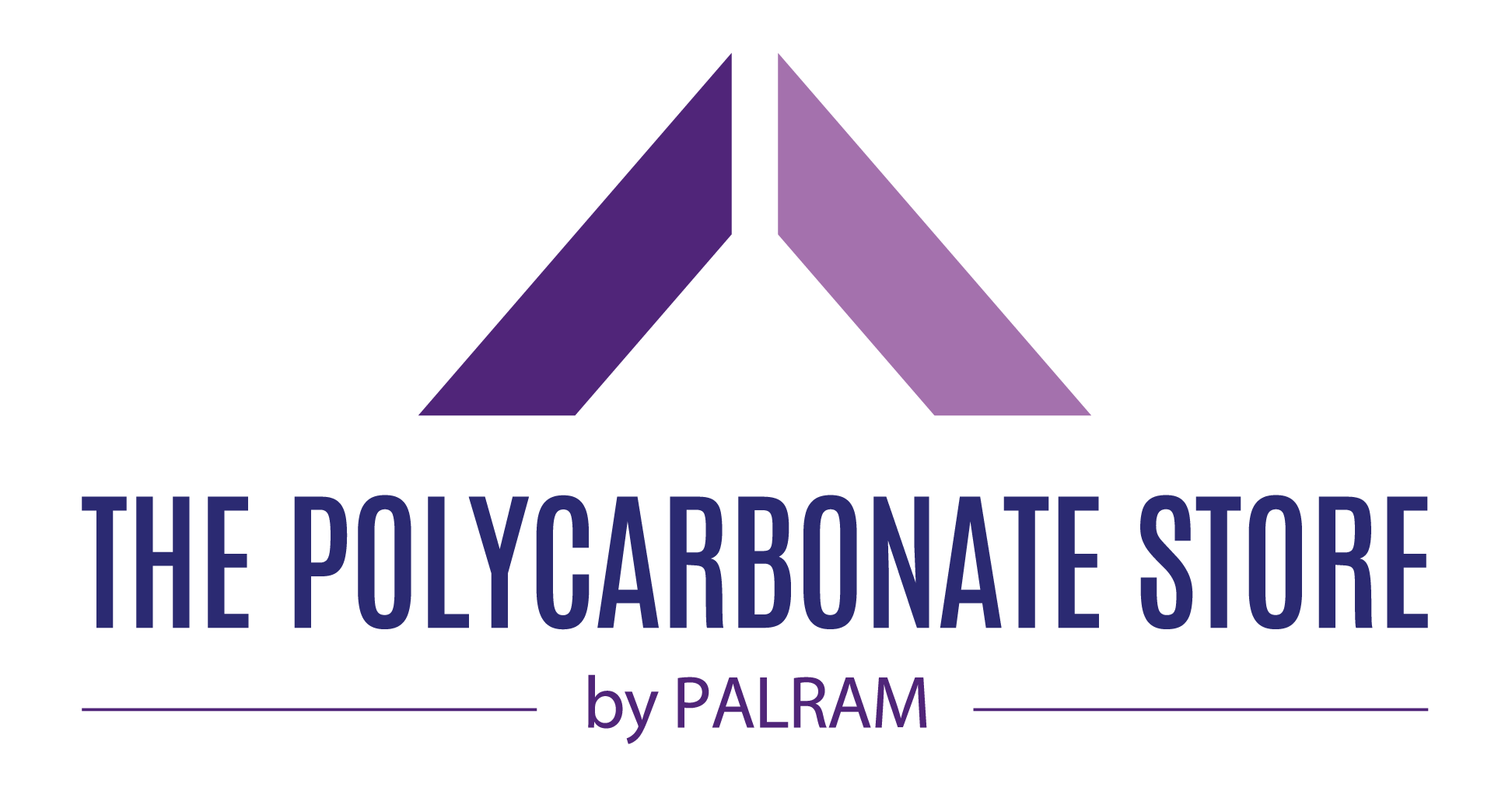Is Polycarbonate Sustainable & Can it Be Recycled?

We believe in being transparent with our customers. After years of experience working in the plastics industry, we understand that there are questions about whether different materials are environmentally friendly and, if so, what are the positive and negative key points about this plastic. We answer all below. So, let’s get started. Is polycarbonate a sustainable material?
Polycarbonate is still a plastic with the potential to harm the environment if it’s not recycled or used responsibly. However, polycarbonate offers many efficient recycling options and this is a key factor in why it is still used across so many industries worldwide. The recycled polycarbonate can be used to create new products, reducing waste and minimising environmental impact.
Read on to learn if polycarbonate is an environmentally-friendly material, and if it can be recycled.
What is Polycarbonate?
Polycarbonate is a thermoplastic, often compared with glass and other plastics such as acrylic. It is used in a wide variety of applications due to its superior strength, durability, lightweight nature and energy efficiency. Polycarbonate’s most common uses include:
- Roofing
- Glazing
- Medical devices
- Greenhouses
- Safety Equipment
- Automotive and aircraft components
If you’d like to learn more about polycarbonate and its uses, read our helpful blog: What is Polycarbonate?
Is Polycarbonate a Sustainable Material?
Yes, for the most part. One of polycarbonate’s key advantages is its exceptional durability and long lifespan, which can help reduce waste by minimising the need for frequent replacements. This makes polycarbonate a valuable material in applications where longevity is essential, such as in construction or electronics. Polycarbonate can also be recycled, further increasing its lifespan.
It is important to note that polycarbonate is a plastic, which does cause some harm to the environment. It’s estimated that there are around 12 million tonnes of waste from plastic being dumped into the oceans each year, either consciously or otherwise from the daily process of society and how we live our lives.
There is no practical way to remove plastic completely from society due to infrastructure and necessary uses. However, there are steps we can take to dispose of it properly in order to reduce environmental impact.
Is Polycarbonate Biodegradable?
No. Polycarbonate is not biodegradable, meaning it does not break down naturally over time. This is because it is a synthetic polymer composed of long, stable molecular chains that are resistant to natural processes of decomposition.
Once discarded, it can persist in landfills for hundreds of years, contributing to pollution if not disposed of properly. However, this can be avoided by recycling waste polycarbonate so that the material can be reused for something else.
How To Recycle Polycarbonate
Like any other plastic, polycarbonate can be harmful to the environment if it isn’t disposed of properly. But, we now have systems in place to recycle on a large scale, so there is no reason as to why polycarbonate can’t be reused. Recycling polycarbonate follows a simple 4-step process:
- Washing
- Sorting
- Shredding
- Melting
Whilst you wouldn’t usually do the shredding and melting process at home, simply popping your waste polycarbonate into the right recycling bin (which differs from area-to-area) ensures that it doesn’t go to landfill.
Can You Put Polycarbonate in the Recycling Bin?
Polycarbonate can be put in the recycling bin, providing that it is mostly clean and has any labels removed. You may also need to break down larger sheets so that they fit properly into the bin. The colour of your plastic recycling bin will vary depending on where you are based, but it is most likely to be the brown or blue bin.
Reusing Waste Polycarbonate
Some plastics, including polycarbonate, can also be moulded into new products so that there is little wastage. This, in turn, lessens the environmental impact. This certainly offsets the miniscule risks which have been tested and analysed for years now and offers a valid, sustainable material which sometimes has a hard time publicly but which offers versatility, choice and an effective recycling option. This impact is no small thing, offering a knock-on effect in a positive way which results in:
- Reduction of gas emissions
- Reduction of waste in landfills
- Conserving oil and non-renewable energy which can be used on other endeavours
Final Thoughts
So, in conclusion, whilst polycarbonate comes with its environmental challenges (like almost any material), its strength and durability gives it a very long lifespan, meaning it is a much more sustainable option when it comes to construction and other applications. Plus, advanced recycling systems make it possible to reuse any waste material, extending its life cycle even further.
Durable Polycarbonate Sheeting From the Polycarbonate Store
If you’re looking for durable polycarbonate sheeting, which is guaranteed to last over 10 years or more, look no further than the Polycarbonate Store. Whether you’re a builder, fabricator, architect, printer, or even a homeowner interested in DIY projects, we have sheets and accessories to fit any project.
View our product range to get started, or contact our team if you need help.


